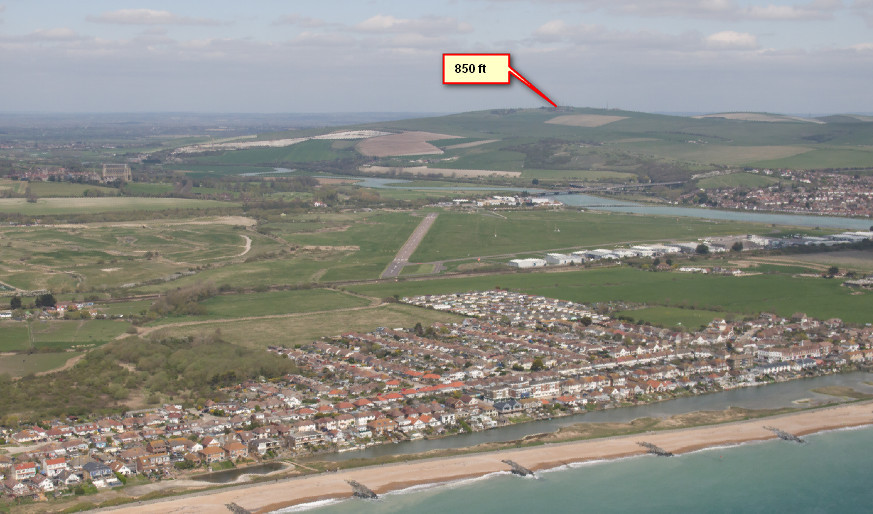There is no missed approach procedure for a visual approach. It is a roll your own type of situation. At some airports in the US, we have a DA or MAP that is further from the runway than the minimum charted visibility required for the approach. In this case, if you meet the minimum visibility requirements, you can continue the approach by flying visually to the runway. The approach charts will have a note: Fly Visual 3.6 NM to runway. If you decide to continue the approach past the DA/MAP, then the missed approach procedure no longer provides terrain clearance using the 200 feet/NM climb. You are on your own if you continue after the DA/MAP.. An example is the RNAV (GPS) X RWY 27 at KHLN.
See: http://www.airnav.com/depart?http://155.178.201.160/d-tpp/1505/00192RX27.PDF
Well I would say most missed approaches will occur on the final approach track, and without thinking about offsets etc there isn’t likely to be much different going around at 1nm from rwxx on a visual and 1dme from an ils.
If you had to go missed at a different point, like on base leg or something or even downwind, then would you not apply the same rules as if you were circling?
But remember you are not established on the approach so how do you get to the missed?
I do wonder what ATC would expect.
Don’t get me wrong, if I did have to go around from a visual I would be quickly asking to join the circuit (conditions permitting) but surely everything else is going to be lined up with the expectation of an IFR inbound doing an IFR missed approach.
Which IFR missed approach to follow is the next question if you decide on that course of action. Well I would say there has to be a good chance that you will know what approach is in use. 99% of the time it’s going to be the ILS (if available) to that runway. If they have multiple ILS approaches, such as a Z, Y etc then it comes down to either knowing which one they use or are using or being told by ATC. Often the missed approach for these will be the same and it is the IAF > FAF(/P) that is different but not always. Then again, if ATC doesn’t tell you which one you are doing (especially if being vectored for it, where it is almost irrelevant) then you still have the problem of which missed approach (if different) even if you are doing the IAP and not a visual.
Of course I would not do this in Innsbruck or Sion.
Or Shoreham EGKA, at 800ft which is the lowest allowed circling N of the airport 
This is the view from the 02 end:

You can’t fly the circuit if the reason for going missed is that you lost visual contact with the runway
Well no, but I tend not to accept visual approaches in circumstances where that is likely.
I am sure you can but what does it give you?
I am thinking about the little airfield where I do my 5NM visual approach instead of the 25NM RNAV/GPS procedure and right on final a rain shower or a patch of fog briefly brings the runway out of sight and forces me to go-around. The three minutes required for flying a traffic pattern might be enough for rain and fog to move far enough away for a second approach. Of course I would not do this in Innsbruck or Sion.
I can fly a near-perfect circuit on instruments alone. Would not be the first time…
I am sure you can but what does it give you?
It doesn’t establish you on the IAP because you are too close in, and turning left base and descending onto final, in IMC, is dodgy. I believe that’s what N403HP (based where I am) was doing at LOAV, having cancelled IFR a long way back and flying a circuit (in totally solid IMC, for sure) for the benefit of Vienna radar which was just up the road. It this could be done reliably then there would be no need for IAPs 
If one loses visual contact when e.g. breaking to the right in a circling approach, then a left turn to end up over the runway and climbing (as if going around from an IAP to the other end of the runway) is the right thing to do.
OK, a little less time when you’re jethoppin’ but the same principle applies :-)
Given the speeds we fly
Define “we” … GA has a lot more to offer than a Pa28 and a C172 